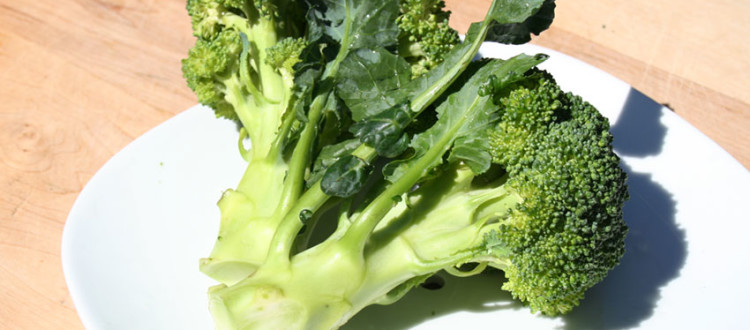Broccoli
Broccoli (Brassica oleracea) is a member of the cabbage family that produces a large flowing head and stalk. Broccoli typically won’t flower in the heat of summer, so harvests generally occur in spring and fall. Transplanted seedlings give the home gardener a head start for harvesting heads before summer heat arrives and reduces head formation.
Broccoli is high in fiber as well as rich in vitamins A, C and D, and is proven to contain antioxidants that can lower cholesterol. Broccoli is also considered to be a cruciferous vegetable. Diets rich in cruciferous vegetables have been linked to lower rates of cancer.
How to Plant
In California, the best time to plant broccoli is in the Fall (September — November) and Spring (February — April). Broccoli performs best in cooler temperatures. Spacing should be between 18 and 24 inches apart. Broccoli should be kept watered, especially when heads begin to form.
Pests
Aphids and cabbage worms are the most common pests. Check underneath the leaves for signs of aphid infestations.
Fertilizing
Mix in a balanced fertilizer into soil bed before transplanting. A nitrogen rich fertilizer can be applied prior to formation of flowering head.
Harvesting
From transplant to harvest, broccoli requires between 50 to 60 days to mature. Cut the large central head with about 6 inches of stem when harvesting. Side shoots will emerge and create more heads that can be harvested in the fall. Yellow flowers and oversized heads indicate over-mature plants.
Recommendations for Use
- Broccoli can be eaten raw, steamed or roasted. Steaming improves broccoli’s ability to reduce cholesterol.
- Broccoli does not store well. Wash only prior to preparing.
Recipe: Roasted Broccoli with Lemon Garlic Butter and Toasted Nuts

